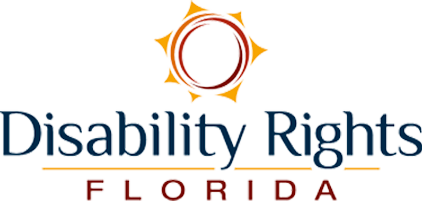The Jeffrey Johnston Stand Up for All Students Act requires that each policy include the following:
The school district bullying and harassment policy shall afford all students the same protection regardless of their status under the law. The school district may establish separate discrimination policies that include categories of students. The school district shall involve students, parents, teachers, administrators, school staff, school volunteers, community representatives, and local law enforcement agencies in the process of adopting the policy. The school district policy must be implemented in a manner that is ongoing throughout the school year and integrated with a school’s curriculum, a school’s discipline policies, and other violence prevention efforts. The school district policy must contain, at a minimum, the following components:
(a) A statement prohibiting bullying and harassment.
(b) A definition of bullying and a definition of harassment that include the definitions listed in this section.
(c) A description of the type of behavior expected from each student and employee of a public K-12 educational institution.
(d) The consequences for a student or employee of a public K-12 educational institution who commits an act of bullying or harassment.
(e) The consequences for a student or employee of a public K-12 educational institution who is found to have wrongfully and intentionally accused another of an act of bullying or harassment.
(f) A procedure for reporting an act of bullying or harassment, including provisions that permit a person to anonymously report such an act. However, this paragraph does not permit formal disciplinary action to be based solely on an anonymous report.
(g) A procedure for the prompt investigation of a report of bullying or harassment and the persons responsible for the investigation. The investigation of a reported act of bullying or harassment is deemed to be a school-related activity and begins with a report of such an act. Incidents that require a reasonable investigation when reported to appropriate school authorities shall include alleged incidents of bullying or harassment allegedly committed against a child while the child is en route to school aboard a school bus or at a school bus stop.
(h) A process to investigate whether a reported act of bullying or harassment is within the scope of the district school system and, if not, a process for referral of such an act to the appropriate jurisdiction.
(i) A procedure for providing immediate notification to the parents of a victim of bullying or harassment and the parents of the perpetrator of an act of bullying or harassment, as well as notification to all local agencies where criminal charges may be pursued against the perpetrator.
(j) A procedure to refer victims and perpetrators of bullying or harassment for counseling.
(k) A procedure for including incidents of bullying or harassment in the school’s report of data concerning school safety and discipline required under s. 1006.09(6). The report must include each incident of bullying or harassment and the resulting consequences, including discipline and referrals. The report must include in a separate section each reported incident of bullying or harassment that does not meet the criteria of a prohibited act under this section with recommendations regarding such incidents. The Department of Education shall aggregate information contained in the reports.
(l) A procedure for providing instruction to students, parents, teachers, school administrators, counseling staff, and school volunteers on identifying, preventing, and responding to bullying or harassment.
(m) A procedure for regularly reporting to a victim’s parents the actions taken to protect the victim.
(n) A procedure for publicizing the policy, which must include its publication in the code of student conduct required under s. 1006.07(2) and in all employee handbooks.
